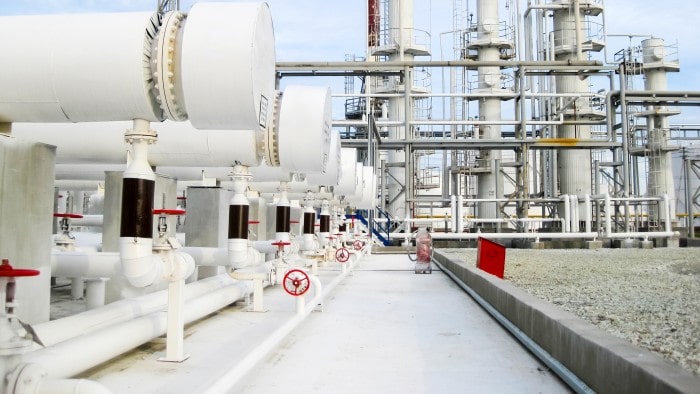
Heat exchangers are devices that transfer heat from one fluid to another in order to change the temperature of the desired process. We see them working in our everyday life, such as in refrigerators, air conditioners. When it comes to industrial level, heat exchangers are one of the most widely used equipment.
What is a Heat Exchanger
A heat exchanger is a device that uses the system of transferring heat between two or more fluids. It can be liquids, vapours, or gases of different temperature. Depending on the type of exchanger, it transmits heat from one to another without mixing them up or letting them come into direct contact. The process relationships can be:
- Gas to gas
- Liquid to gas
- Liquid to liquid
The heat exchanging can refer to both heating and cooling of a process. Industrial plants and refineries often require temperature regulation because of the nature of this sector. Which is why industrial heat exchangers mostly work on cooling while transferring heat between multiple fluids.
Following on, let’s take a look at the industries who use heat exchangers and how they work.
Industries that Use Heat Exchangers
Heat exchangers play a crucial role in heavy industries, as well as other industrial plants in terms of cooling, refining, galvanising, and so on. Below are some of the industries with the most usage of heat exchangers.
-
Mining industry
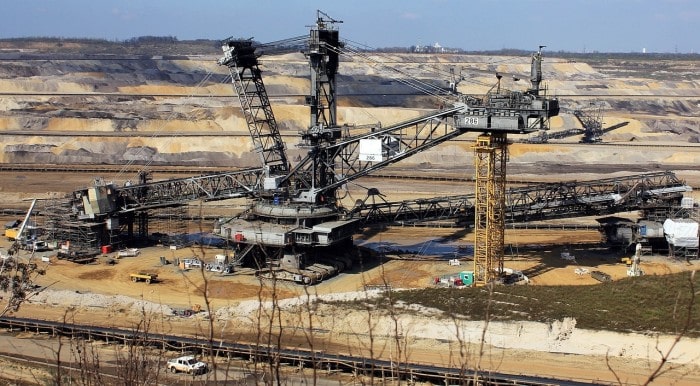
Heat exchangers are highly important for the mining industry in terms of both safe and operational workplace. Normally, the human body temperature is around 37 degrees. Whereas in deep mining conditions, it can reach as far as 50 degrees Celcius which is dangerous for the human body to encounter. Heat exchangers help regulate the temperature to keep a safe and comfortable workplace for the miners.
On the other hand, the chemical process necessary to refine the extracted ores like copper, metal, or iron; requires high levels of temperature. In this case, heat exchangers become crucial to make sure the process stays stable, and the work environment remains secure.
-
Pulp and paper manufacturing
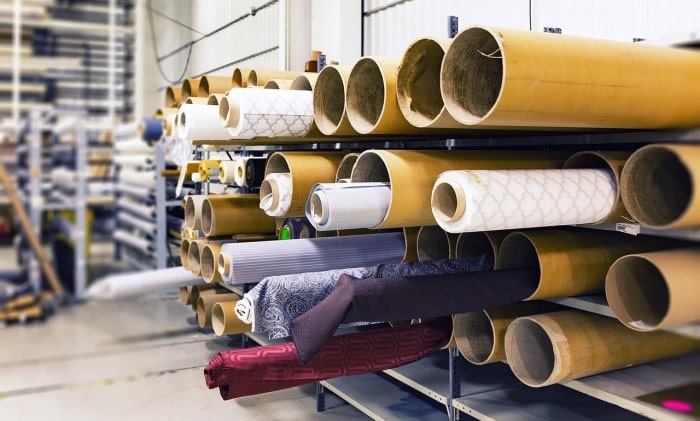
Heat exchangers are essential when it comes to the pulp and paper industry. The use of a heat exchanger helps the industry to manage its financial curve, makes the paper production effective and efficient, and keeps the whole process eco-friendly to reduce any threats to the environment.
Heat exchangers are used to steer heat to create pulp from wood through infusion and respectively, refining. The process comprises chemical compounds that transform the woods into pulp, leaving a substance that needs further processing. Afterwards, heat exchangers process the pulp for dying and bleaching to create papers with the help of a paper machine.
The paper machine also uses a type of heat exchanger that has a waste heat recovery system. A waste heat recovery system heat exchanger has the ability to consume energy and heat of a room to be reused, making it essentially a recycling process. So in ways, heat exchangers preserve the company’s resources and capital.
-
Iron and steel making industry
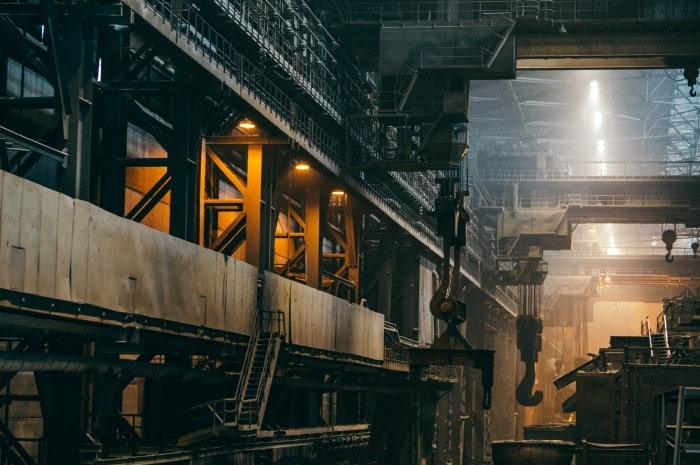
The iron and steel industry, also known as the metallurgical industry, is one of the most important raw material industry sectors. These industries use heat exchangers to control heating, cooling and holding temperature in various baths. Heat exchangers manage and direct steam to heat up acid tanks and maintain a controlled temperature level.
In the production of metals, irons, steels, titanium or aluminium; heat exchangers control a variety of actions to ensure proper and safer manufacturing. It includes tank cooling, water-jacket cooling, hot water producing, industrial fuel heating, galvanising, and so on. Heat exchangers also use waste heat recovery system in the metallurgical industry, allowing the production to save energy and reduce emission.
-
Agro-industry

Agro-industry is another sector where heat exchangers are widely used. Heat exchangers process food, sugar; alcohols like beer, wine, spirits, and many other food applications.
For example, extracting sugar from cane or beet is a long and energy-consuming process in the industrial sense. The optimisation of this process heavily depends on the proper use of heat exchangers. The whole process consists of multiple dimensions, e. g. extraction, purification, vapourisation, and crystallisation to finally create sugar. Heat exchangers maintain the ambient heat to process the juice extraction, comply in purification and continue to maintain and create the proper temperature for evaporation. Afterwards, sugar is generated through a cooling process that is also observed by heat exchangers.
As for alcohols, heat exchangers use cooling and heating both to process the beverages. Distillation, pasteurisation, heating/cooling of worts or mash, all of them are observed through temperature optimisation by heat exchangers. It’s almost the same for food processing; heat exchangers control the heating, cooling, and refining of various food products like oils, dairies, eggs, etc.
-
Chemical Industry
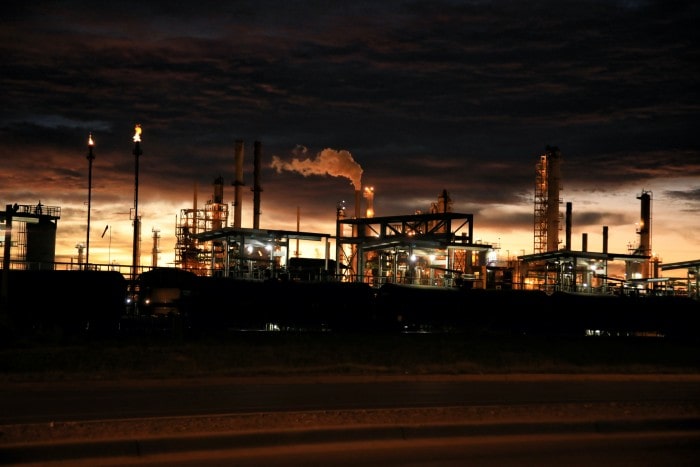
Chemistry is a wide area when it comes to industrial subjects, and a lot of the sectors in the chemical industry requires the use of heat exchanges. In biotechnology, ecological chemistry, petrochemicals; various processes require heat exchangers to perform cooling, heating, condensation, evaporation and drying.
In chemistry, there are many kinds of heat exchangers in use for various chemical processes. They include grinding, extraction, fermentation, fragmentation, purification, rectification, methanation, distillation, and so on. Heat exchangers control cooling, heating, refining, thermal efficiency in each of the processes to ensure proper chemical response and transformation.
-
HVAC

HVAC refers to heating, ventilation, and air conditioning. In the HVAC industry, whether it’s an air conditioner or a gas furnace, heat exchangers transfer thermal energy from one channel to another with the purpose of cooling and heating of a particular area. It can be your home, your office, factories, or any kind of installations.
There are a few common types of heat exchanger system used in the HVAC industry. They are:
- Earth coils
- Condensers
- Evaporators
In the air conditioner, it uses a heat exchanger to remove the indoor heat and transfer it outside. It carries and absorbs heat into the condenser, and change into a high pressure-cool liquid. Eventually, the liquid is vapourised and released to cool the room. As for heating, gas furnaces use heat exchangers to heat up the room. Burners generate combustion gas, and heat exchangers use the gas to warm up the surrounding air.
Final words
In a lot of engineering applications, it is essential to be able to transfer thermal energy between mediums and increase the temperature of one fluid while cooling another. Heat exchangers are the solution to these multiple actions, which is why they are of serious importance in industrial plants. Heat exchangers look over industrial safety controls, increase efficiency, and ensure a smooth workflow.
